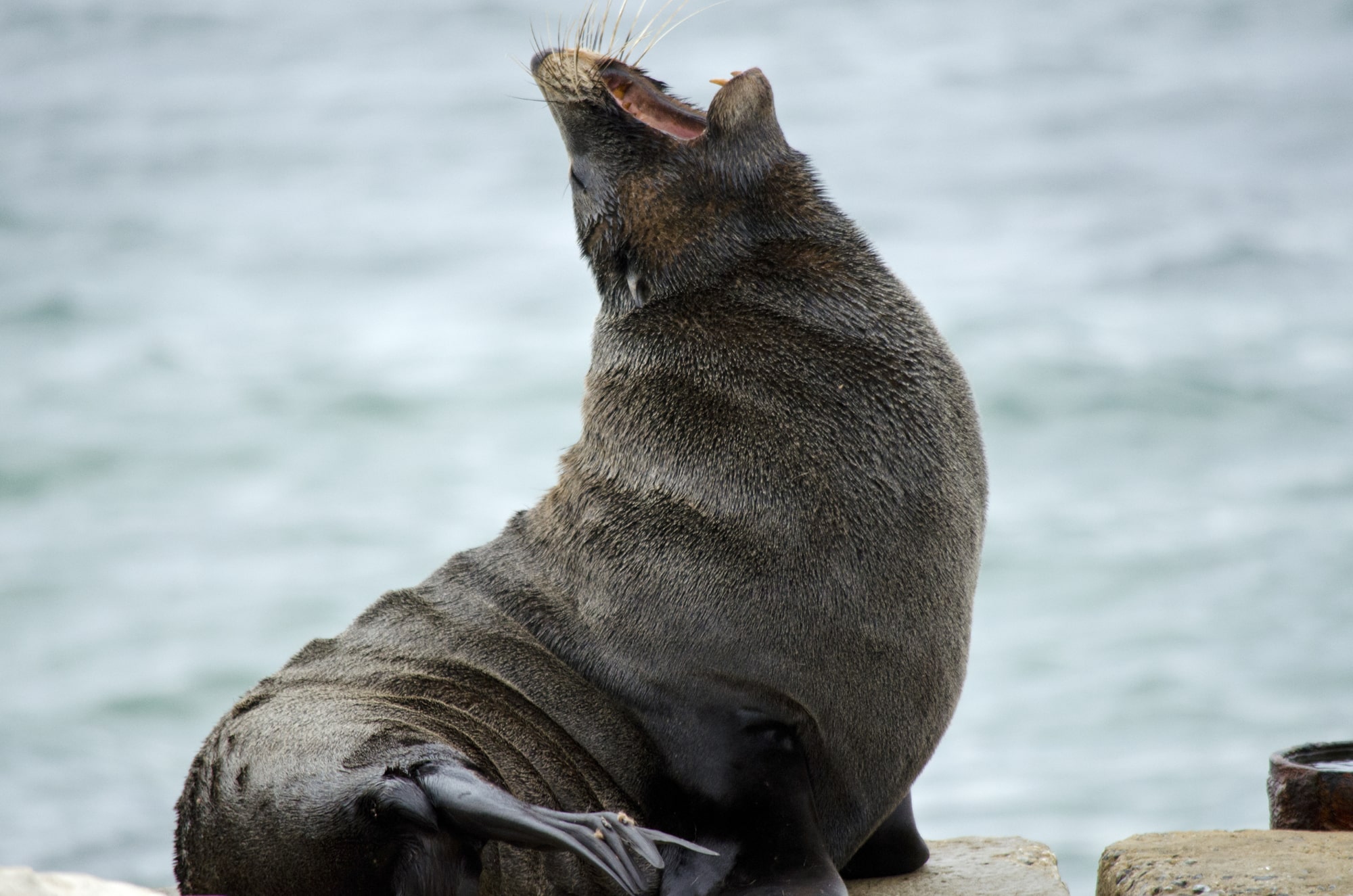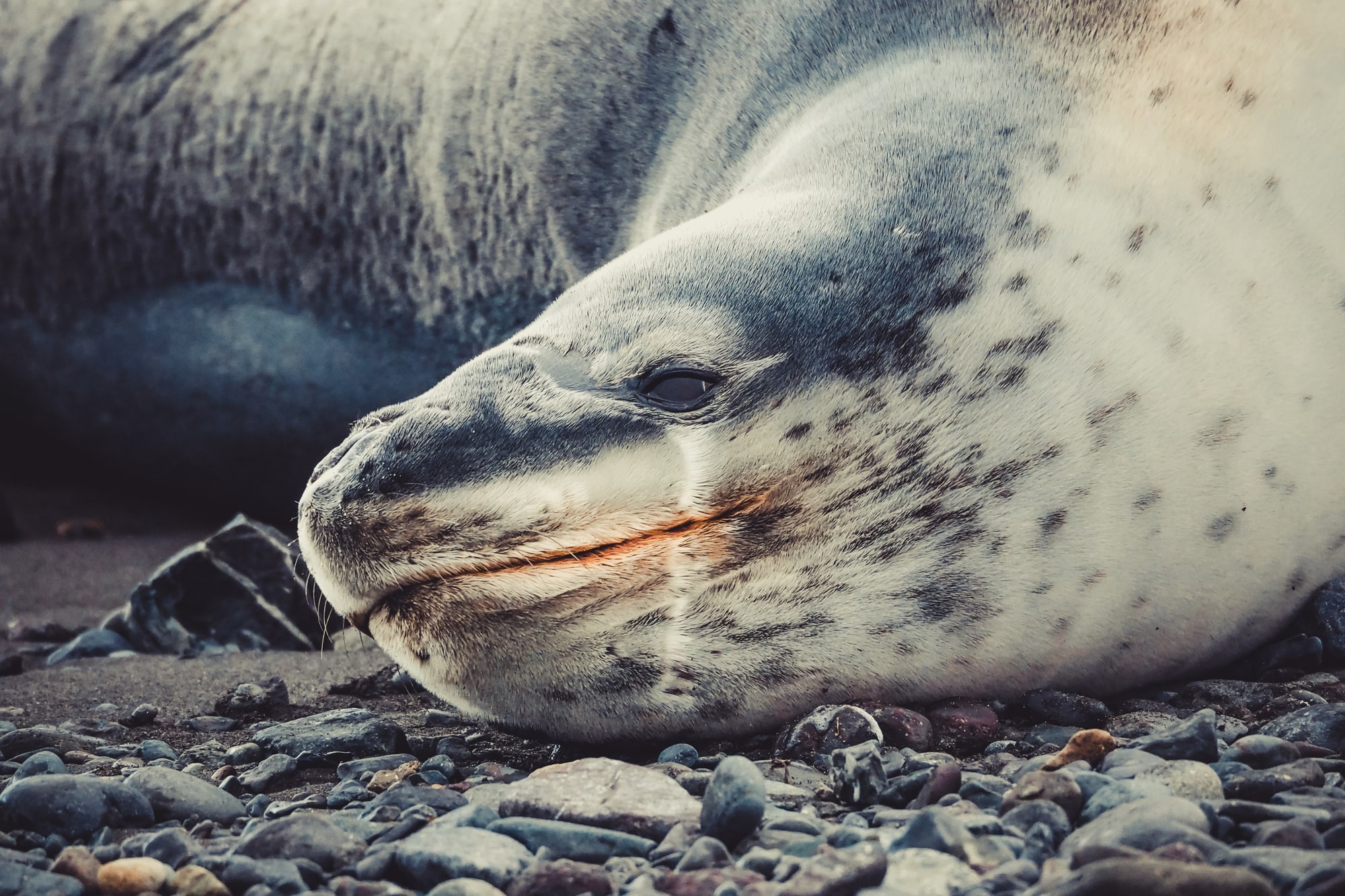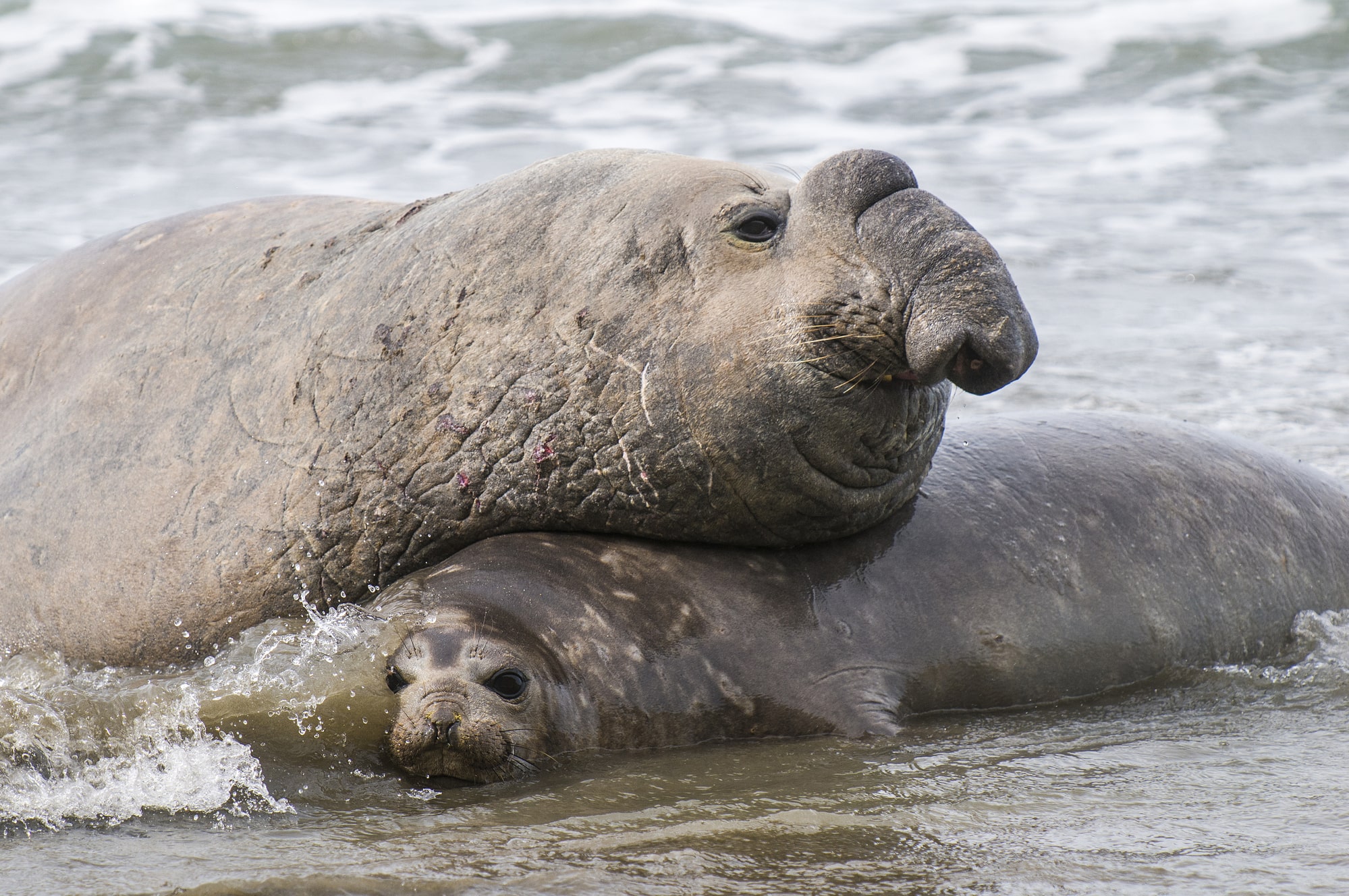Seals in Kaikoura
If you’re a wildlife enthusiast, besides whale watching in Kaikoura you’ll definitely want to add spotting the Kaikoura seal colony in New Zealand to your bucket list. Located on the eastern coast of the South Island, this colony is home to a diverse population of seals that are fascinating to observe and study.
In this blog post, we’ll explore the biology, habitat, and conservation of the seals of Kaikoura, along with tips for observing them in their natural habitat.

Where can you see seals in Kaikoura?
If you’re visiting Kaikoura and want to see the seal colony up close, there are several options for observing these fascinating animals in their natural habitat.
One of the most popular options is to take a guided seal-watching tour. These tours are led by experienced guides who can take you to the best locations for observing seals and dolphins, while also providing information about the seals’ behavior, biology, and conservation.
Some tours even offer the chance to swim with seals or kayak near the colony, providing a unique and unforgettable experience.
For those who prefer to observe the seals on their own, there are several walkways and viewing platforms that offer great views of the colony. Here are a few options, along with information on how to get there from the Kaikoura city center:
- Kaikoura Peninsula Walkway: This 11-kilometer track provides stunning views of the coastline and the seals’ breeding grounds. To get there from the city center, head north on State Highway 1 for about 1 kilometer, then turn left onto Peninsula Road. Follow this road for about 2.5 kilometers to the parking lot for the walkway.
- Ohau Point Lookout: This lookout point offers great views of the seals, as well as the nearby Ohau Waterfall. To get there from the city center, head north on State Highway 1 for about 20 kilometers. The lookout point is located on the left-hand side of the road, just before the turnoff for Ohau Stream.
- Ohau Stream Waterfall: This is another popular spot for observing seals, as well as a stunning waterfall. To get there from the city center, head north on State Highway 1 for about 20 kilometers, then turn left onto Ohau Stream Road. Follow this road for about 3 kilometers to the parking lot for the waterfall.
When observing the seals, it’s important to follow guidelines for responsible wildlife viewing. This includes keeping a safe distance from the seals (at least 10 meters), not feeding or touching the seals, and avoiding loud noises or sudden movements that could startle the animals.
By observing these guidelines and respecting the seals’ natural habitat, visitors can help ensure the safety and well-being of the colony, while also enjoying a unique and unforgettable wildlife experience.

What types of seals can you see in Kaikoura?
The Kaikoura seal colony is home to three species of seals: the New Zealand fur seal (Arctocephalus forsteri), the Southern elephant seal (Mirounga leonina), and the rare Leopard seal (Hydrurga leptonyx).
These seals have adapted to life in the water, with streamlined bodies and powerful flippers that allow them to swim and dive with ease. They also have thick layers of blubber that help them stay warm in cold water and provide energy reserves during times of fasting.
The New Zealand fur seal has a dark brown coat, while the Southern elephant seal has a lighter brown coloration. Elephant seals are also much larger than fur seals, with males weighing up to 2,500 kg. On the other hand, the Leopard seal is easily distinguishable from other seals with its long, slender body, big teeth and large head.
Seals are also fascinating in their social behavior. They live in large groups called colonies, and within the colonies, they form subgroups based on age and sex. Males, in particular, are known for their competitive behavior during the breeding season, which can involve vocalizing, posturing, and fighting.
Seal Habitat
Seals are well adapted to life in the water, but they also spend a significant amount of time on land. In Kaikoura, the seals can be found on rocky outcrops along the coastline, where they bask in the sun and socialize with each other.
The Kaikoura seal colony is an ideal location for seals, with plenty of food and a diverse range of habitats. Seals feed on a variety of prey, including fish, squid, and crustaceans. They are also able to dive to great depths to catch their food, with some species able to dive up to 2,000 meters.
Unfortunately, seals are also impacted by habitat loss and pollution. As human populations grow and expand, coastal areas are increasingly developed and degraded. Pollution from human activities can also have a negative impact on seal populations, by contaminating the water and food sources that they rely on.

Seal Colony Size and Growth
The Kaikoura seal colony has experienced significant growth in recent years, with an estimated 2,000 seals living in the area. This growth is due in part to the conservation efforts of organizations like the Department of Conservation, which has worked to protect seal habitats and minimize human impact on the colony.
To study the seals, researchers use a variety of methods, including tagging and tracking individual seals, collecting fecal samples to study their diets, and monitoring the population over time. These efforts have helped researchers gain a better understanding of the seals’ biology and behavior, and have provided valuable insights into their conservation needs.
Seal Interactions with Humans
Tourism is a major part of the Kaikoura seal colony, with visitors coming from around the world to observe and learn about these fascinating animals. While tourism can have a positive impact by raising awareness and supporting conservation efforts, it can also have a negative impact if not managed responsibly.
To observe the seals in their natural habitat, it’s important to follow guidelines set forth by local authorities and tour operators. These guidelines are designed to minimize human impact on the seals and ensure their safety and well-being. Some guidelines may include maintaining a safe distance from the seals, avoiding loud noises
Threats to Seals
While the Kaikoura seal colony has seen growth in recent years, seals are still threatened by a variety of factors. One of the biggest threats is bycatch in fishing nets, which can result in the accidental capture and death of seals. Habitat loss and pollution are also significant threats, as they can impact the seals’ food sources and habitat.
Seals are also vulnerable to climate change, as rising sea temperatures can impact the availability of food and alter the seals’ habitat. In addition, increased storm activity can result in flooding and erosion of coastal areas, which can impact the seals’ ability to breed and rear their young.
Seal Conservation
To protect the seals of Kaikoura and ensure their long-term survival, a variety of conservation efforts are underway. These efforts include monitoring the population, protecting critical habitats, and minimizing human impact on the colony. The Department of Conservation has also worked to educate the public about the importance of seal conservation and raise awareness about the threats facing the seals.
Tourism can also play a role in seal conservation, by providing financial support for conservation efforts and raising awareness about the importance of protecting these animals. Responsible tourism practices, such as following guidelines for observing seals, can help minimize human impact on the colony and ensure the safety of both humans and seals.
Final words
The Kaikoura seal colony is a fascinating and important location for studying and observing seals in their natural habitat. With a diverse range of habitats and a thriving population of seals, the colony provides a unique opportunity to learn about seal biology and behavior, while also supporting conservation efforts to protect these important animals.
By following responsible tourism practices and supporting conservation efforts, visitors to the Kaikoura seal colony can help ensure the long-term survival of these fascinating and important animals. Whether you’re a seasoned wildlife enthusiast or simply interested in learning more about New Zealand’s unique wildlife, the Kaikoura seal colony is a must-visit destination.
In addition, Kaikoura is also known for its incredible whale watching opportunities, with several tour operators offering up-close encounters with sperm whales, orcas, humpback whales, and other marine mammals.
